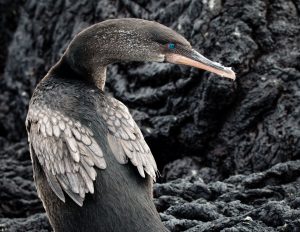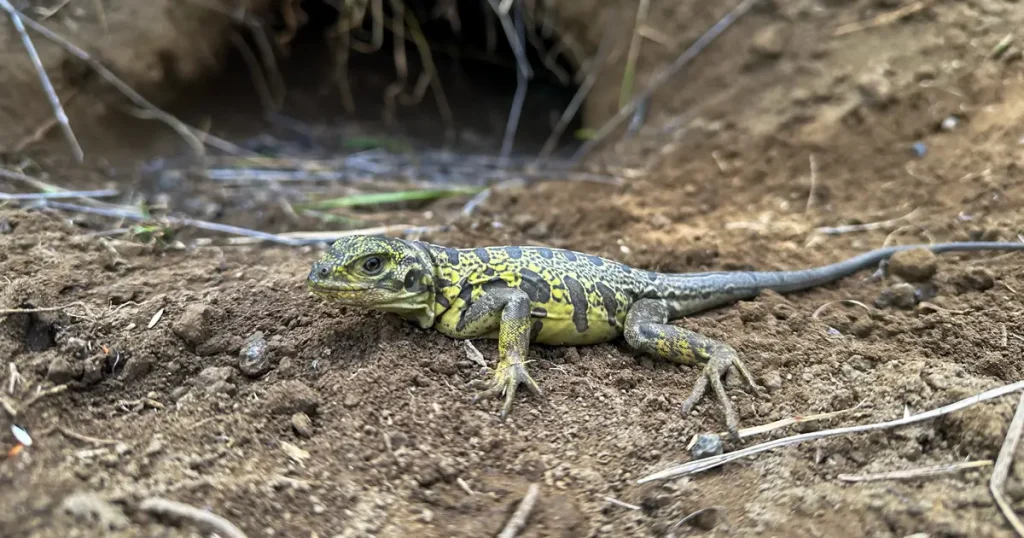Surprising Facts About 10 Galápagos Species
Date: 4/4/2023.
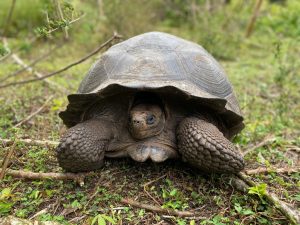
1. Galápagos Giant Tortoise
The Galápagos Giant Tortoise is the largest tortoise species in the world, with some individuals weighing up to 900 pounds. They can live for over 100 years, and their shells can be used as a water source in times of drought.
2. Blue-footed Booby
The Blue-footed Booby is known for its distinctive blue feet, which are a result of the carotenoids in their diet of fish and squid. During mating rituals, males will show off their bright blue feet to attract females.
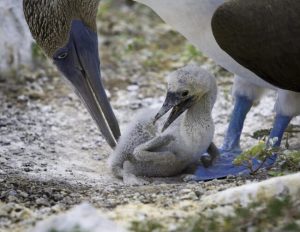
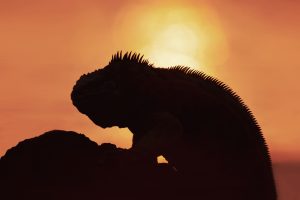
3. Marine Iguana
The Marine Iguana is the only lizard in the world that can forage for food underwater. They expel excess salt from their bodies by blowing it through their nostrils, like a sneeze.
4. Galápagos Penguin
The Galápagos Penguin is the only penguin species found north of the equator. They have adapted to the warm waters of Galápagos by panting to release heat and staying in the shade during the hottest parts of the day.
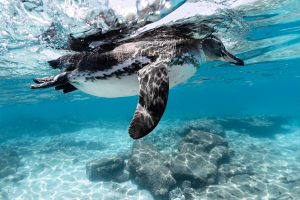
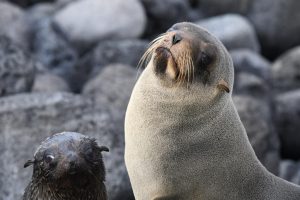
5. Galápagos Sea Lion
The Galápagos Sea Lion is the smallest of the Sea Lion species and endemic to the Galápagos Islands. They are known for their playful and curious nature and can often be seen interacting with humans who visit the Islands.
6. Galápagos Hawk
The Galápagos Hawk is the only diurnal bird of prey found in the Galápagos Islands. They are opportunistic hunters and will prey on a variety of animals, including Marine Iguanas, Lava Lizards, and young tortoises.
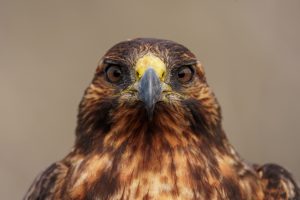
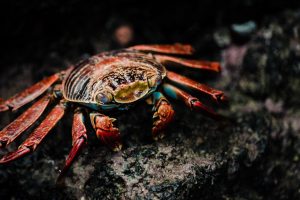
7. Sally Lightfoot Crab
The Sally Lightfoot Crab is a brightly colored crab found on the rocky shores of the Galápagos Islands. Their strong claws allow them to cling to rocks even in crashing waves, and they are known for their agility and speed, which inspired their name.
8. Galápagos Fur Seal
The Galápagos Fur Seal is the smallest of the seal species and endemic to the Galápagos Islands. They can dive to depths of over 300 feet in search of food and hold their breath for up to eight minutes.
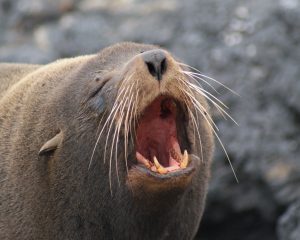
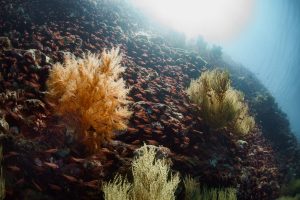
9. Corals of Galápagos
Coral reefs are one of the world’s most diverse and biologically complex ecosystems; a quarter of all marine life depends on coral reefs for food and shelter. The El Niño events of the 1980s and 1990s destroyed almost all of the structural reefs in Galápagos, and Galápagos Conservancy is supporting coral recovery efforts.
10. Flightless Cormorant
The Galápagos Cormorant is one of the Archipelago’s endemic birds, found only on Fernandina and Isabela Islands, and is an example of the unusual fauna that inhabits these islands. This bird is exceptional because it is the only cormorant that has lost the ability to fly.
